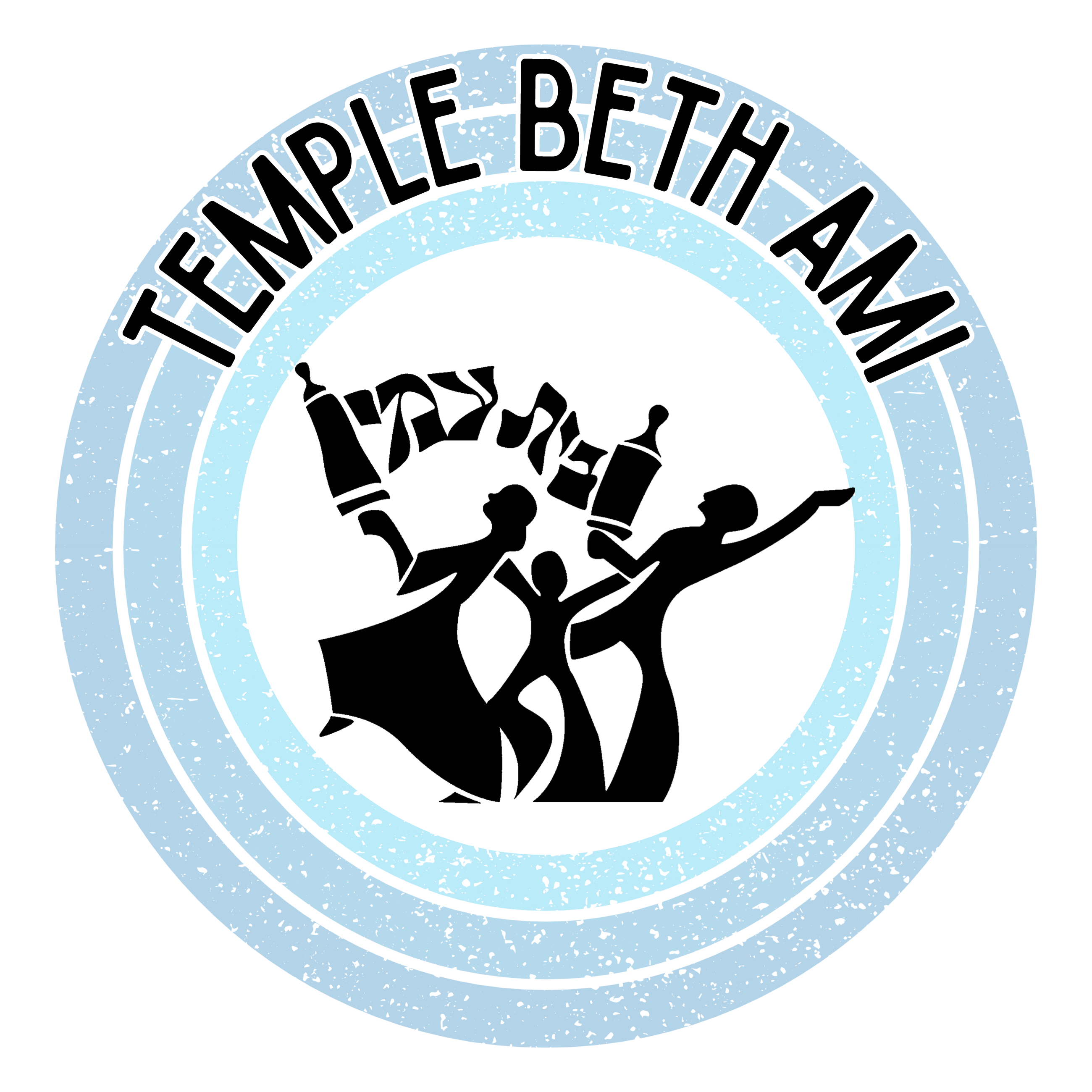Shiva: The Initial Seven-day Mourning Period
Shiva is a public expression of grief observed by the immediate family of the deceased (parents, children, spouse and siblings). The seven-day mourning period begins immediately after the funeral and burial (not the death). Any part of the day of the internment which occurs prior to sunset, no matter how brief, is counted as the first day of shiva. Shiva may be observed at more than one mourner’s home, or at a single site with mourners returning to their homes to sleep.
Because mourners are excused from public worship in the synagogue during shiva, prayer services (including the recitation of Kaddish) may be conducted in the home. Friends and family are encouraged to visit and comfort mourners during the shiva period. Tradition suggests that visitors wait to be acknowledged by the mourner before speaking. It is often better to be a listener and to provide comfort merely by your presence.
The word shiva is a variation of the Hebrew word for “seven”. Shiva traditionally encompasses a seven-day period. The first three days are considered more intense than the last four days. Thus, if the observance of the full shiva may cause financial or physical hardship, the mourner is permitted to go out after the third day, do what is necessary, and then resume shiva. A special seven-day candle is kept lit during the shiva period.
Shiva Services
If possible, a member of our clergy will be present each night of shiva, at the request of the family. Some family members may be capable of conducting the service themselves, and are encouraged to do so. Fellow congregants, who have been trained, may also conduct the service.
Our congregation’s tradition is to conduct a Maariv, or evening service. We conduct a service and recite Kaddish regardless of the number of people present. Temple Beth Ami provides the service booklet, Gates of Prayer for Weekdays. These booklets can be supplemented by the funeral director. The family should ask specifically for the prayer books of the Reform Movement.
Home Traditions Associated with Shiva
Covering the mirrors, a custom occasionally associated with the shiva period, is rooted in ancient folklore. Some felt that by looking in the mirror, one might see the angel of death. Moreover, since mourners may neglect their physical appearance, mirrors may be covered so as not to draw attention to the mourners.
Sitting on low seats dates back to the biblical times. It is an indication of the lowered position of the mourner, and their reduction of esteem because of their loss.
Wearing dark colors is customary, although black is not obligatory in Jewish tradition. Since leather was considered an item of luxury, wearing slippers or sneakers instead of leather footwear symbolizes the relinquishing of luxury items during mourning.
Mourners should prepare food only for their immediate family. They should not have the added burden of sustaining visitors.

